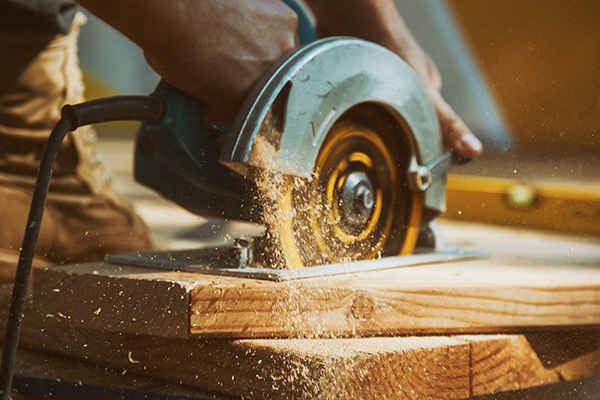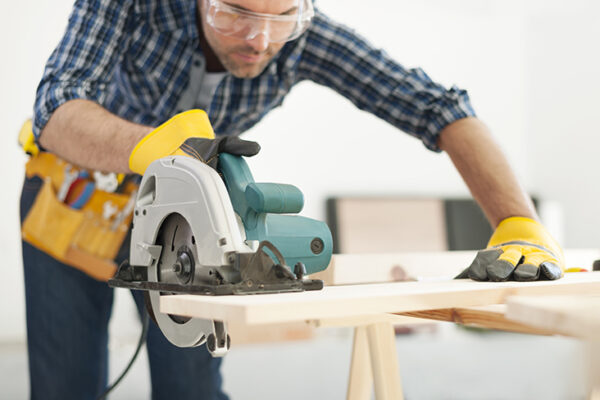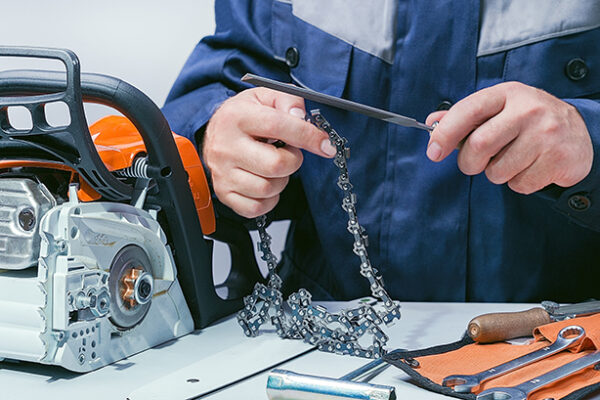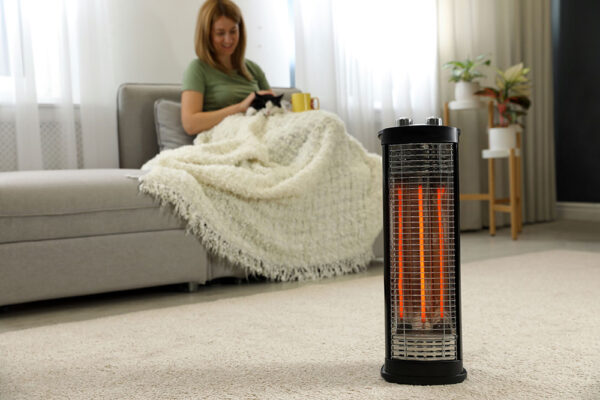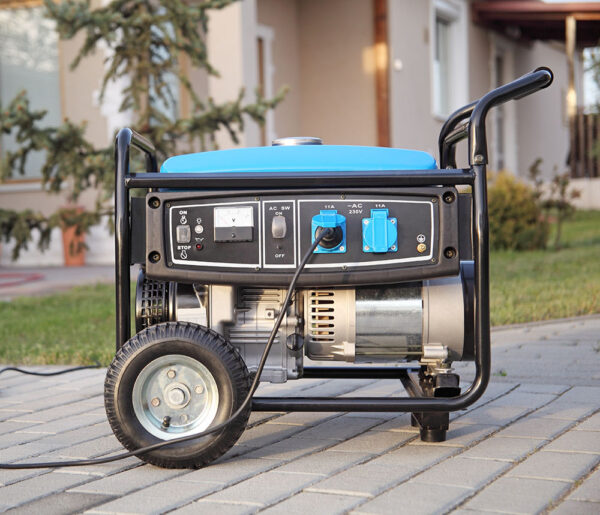Knowing the ins and outs of any power tool is a vital step when looking to use them safely and effectively. A circular saw falls in the list of power tools that are very helpful when used appropriately. However, they can also be quite dangerous machines, especially when used recklessly. That’s why we want you to be educated on working with a circular saw.
Even with the best circular saw on the market, it’s only as good as the person using it. With a few home improvement tips and instructions, you can make the most of your circular saw and do some good work with it. A few sessions and training should do it. So, if you are looking to learn more about how to work with circular saws, read on.
The Basics of Working with a Circular Saw
Circular saws are excellent tools for making quick and clean straight cuts across boards called crosscuts. They also perform well for making longer cuts along board lengths called rips. These saws are great for making bevel cuts as well, a bonus function.
Circular saws come with a set of standard features which include:
- Footplate
- Retractable blade guard
- Bevel adjustment
- Depth adjustment setting
Circular Saw Designs
Inline or sidewinder saws are the most common circular saws. The motor in the inline saw is located in line with the blade, thus its name. These blade spin very fast, around 6,00 rpm.
The warm dive saw is another circular saw type. Their motors are located at their rear, positioned at a 90-degree angle to the blade. A gear spins the blade. Thus, they don’t spin as fast. However, this allows for more torque, which makes them a better option for heavy-duty jobs. They also tend to be quieter, less compact, and lighter than sidewinders.
Circular Saw Sizes
Circular saw sizes are classified using the blade diameter, with the most common sizes being between 5.5 to 7.25 inches. Generally, the size of the circular saw you need depends on the type of project you plan to use the saw on.
Circular Saw Blades
The blade is perhaps the most vital component of the saw. Different projects require you use different types of blades. It is also important to note that the type of blade you choose needs to be compatible with the saw you plan to use.
The types of saw blades include:
- Diamond-tipped blades for cutting ceramic tile
- Blades with carbide-tipped teeth
- High-speed tipped blades
- Blades made using rough, abrasive materials for masonry work
Remember, a blade can work optimally if you use it on the right saw, and depending on the project you use it on. The frequency of use is also a crucial factor.
Circular Saw Power Sources
There are two types of power supplies for circular saws;
1. Corded Power Supply
These saws are excellent for jobs that need a lot of steady power. Projects that involve cutting steel, masonry projects, and cutting wood continuously require the use of corded circular saws. These saws also don’t depend on batteries. So, you should be good provided you can access an outlet. These saws use extension cords to accommodate different workstations.
2. Cordless Power Supply
These saws are perfect for mobility and convenience. They are also great for workstations and projects where extension cords aren’t practical. These saws are power limited because they use batteries to function. This makes them great for cutting wood and other lighter projects. Tougher materials like metal and brick, run down their batteries quickly.
Final Thoughts on Circular Saws
A proper tool and set of materials are what determine the success of a project. Being that circular saws are necessary for most projects, you must equip yourself with the right information for working with circular saws, finding the right saw to shop for, and use the right circular saw appropriately.

